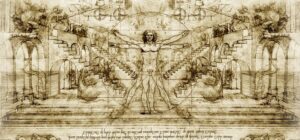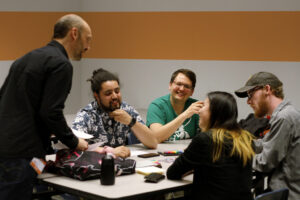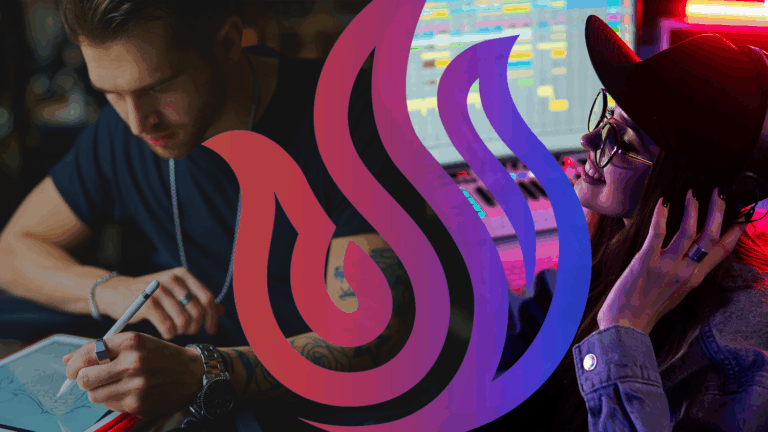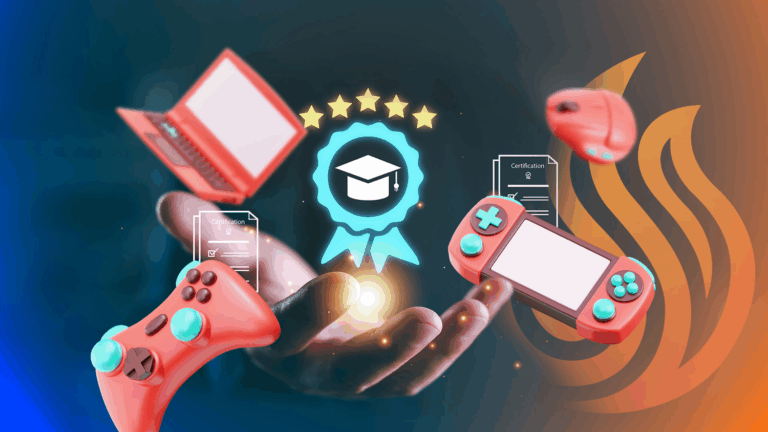In today’s tech-advanced world, products morph the instant they are in the hands of customers. Function or interface changes alter the very nature of a product and immediately affect user populations. Features evolve through an iterative dance based on real-time usage feedback. Engineers work directly with customers. Designers are part of even small development teams. Jobs are prioritized dynamically. Simple to use products become worldwide phenomena. In this world, the best engineers stretch themselves to articulate the nuances of their work, particularly to those affected by it. The best artists operate within the constraints of time, resources and project requirements. Yet, on traditional college campuses, art and engineering learning values remain isolated and insulated from each other.
Learning Value 1: Learning to See
Arts and engineering professionals experience completely different kinds of learning values, looking at things from entirely different aspects. Engineers seek to reduce problems to black and white, on and off. They isolate problems and solve them. Artists work in shades of grey, where contrast gives meaning. USV’s learning values brings these worlds together during college using a radical new way of preparing students to operate as arts and engineering professionals in the world they live in. Students are selected based on their skill and desire to build, to code, to draw, to play music, to make a difference. Through a series of courses and practices, they are transformed through their own efforts.

“Principles for the Development of a Complete Mind: Study the science of art. Study the art of science. Develop your senses- especially learn how to see. Realize that everything connects to everything else.”
― Leonardo da Vinci
All students start by playing with instruments in their hands – a keyboard, charcoal, clay, or music. They learn color theory. They play with the properties of light and sound. They sculpt or draw the human figure and in the process learn anatomy, proportion and balance. They learn by critiques, first from instructors and then from fellow students. As they give critiques, they find their voice, to articulate what they see, to reveal the world of their imagination to others. They learn to storyboard, to develop characters, to imagine how things might work in another world, another time. They hear the sounds of traffic, construction, footsteps on surfaces and silence. They mentor their peers. They learn to see in a new way- to imagine new worlds and to populate those worlds with characters, with color, with sounds, and with stories that they use to share their worlds with others.
As a technical school, the scientific underpinnings of the arts being explored are exposed. Storyboarding becomes a method to enhance English classes. Physics is explained through replicating real world phenomena within digital worlds, video games and other animations. The audio frequency spectrum is explored by recording ambient sounds, such as birds or construction vehicles at work, which are then slowed down or manipulated using digital tools for repurposing within mobile games or animated films. Sculpture students dive into écorché to expose the anatomy under the layer of the skin. With this learning value, students pull knowledge into their projects as needed, creating unique learning journeys along the way to digital art and creative arts jobs.
Learning Value 2: Learning by Making
With a foundation established through manual exploration, the tools and learning values associated with them move into the digital domain. As their skills develop, students advance through the discipline of structuring their creations for use within larger and more complex projects: to provide assets for a video game or to score a film, for example. On an individual level they learn what suits them best and what serves the needs of those around them. They mentor their peers, cutting and filling by learning from those who have recently experienced their own breakthroughs. They struggle together and through that struggle find a path for themselves and illuminate paths for others. Leadership happens organically. Those who prefer to work within defined structures flourish by focusing within their chosen specialty.

As a student progresses through the USV curriculum and its learning values, they develop an awareness of their own place in dynamic ecosystems. They rely on communication, quantitative reasoning, and critical and creative thinking to make sense of the world around them while working on real world problems with their peers. Some discover the value of managing timelines and pipelines. Some 3D print digital models and compare them with sculpted reference artwork. Some put lights on physical sculpts to identify nuance of character and expression to better develop the rigging of a digital character. Some program synthetic sounds that mirror those picked up by microphones or create new soundscapes that respond to user movements. Some describe gameplay models and specify game engine requirements, taking into account functional limitations inherent in current technologies. Some code their own game engines or special effects generators. Some build UX structures based on the roles and usage scenarios developed by others. Some manage asset libraries and organize workflows that account for scarce resources. Some build digital models using ZBrush or Maya, or rig those models for animation. Some animate characters or assets, develop their textures and light scenes. Some build render farm interfaces so their more artistic peers can manage the queue themselves.
Learning Value 3: Becoming Professional
Along the way, students must wear many hats. They will be pulled off a task and asked to bring their replacement up to speed while they take on something new. They will throw away what doesn’t work and start fresh in a new direction. They will step in when a teammate stumbles. They will cut and fill to get the project to completion. They will give feedback every step along the way. No one can hide. They see the whole picture and go from there.
 Ultimately, the goal of USV’s learning values are to let students learn to commit themselves wholeheartedly. While at first they may have been attracted to the wonderful curriculum or the talented instructors, in the end it is their teammates that gain their trust and loyalty. And, when they graduate, they will look into the eyes of a hiring manager who asks, “You did that in COLLEGE?” and they will say, “Yes”. Not only will they say “Yes” just after graduation, but they will again as they move from one project or team to another throughout their digital art or creative arts careers. And, they look to a growing network of graduates to turn to for inspiration, to bring into their own projects, to mentor and to celebrate.
Ultimately, the goal of USV’s learning values are to let students learn to commit themselves wholeheartedly. While at first they may have been attracted to the wonderful curriculum or the talented instructors, in the end it is their teammates that gain their trust and loyalty. And, when they graduate, they will look into the eyes of a hiring manager who asks, “You did that in COLLEGE?” and they will say, “Yes”. Not only will they say “Yes” just after graduation, but they will again as they move from one project or team to another throughout their digital art or creative arts careers. And, they look to a growing network of graduates to turn to for inspiration, to bring into their own projects, to mentor and to celebrate.
Higher Education in Step with the World We Live In
This perspective provides a first step to understanding why a liberal arts education made so much sense in the last century. That system was designed to “weed out” students so the most promising students could eventually collaborate with peers. While the expense was high and the yield was low, the system worked when jobs were defined hierarchically. Examining all three learning values also illuminates the mismatch that we now see all around us.
A new model is needed and it has been here all along. You have set that model in place. USV has been the lucky place to see you become what you are. Look around you to see what has become of what you have done. And, tell us how we can better connect and extend what happens here with what you do.


